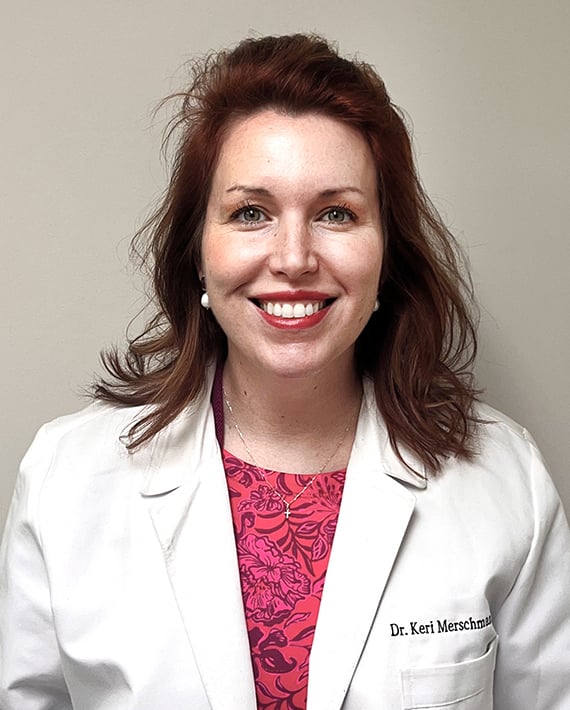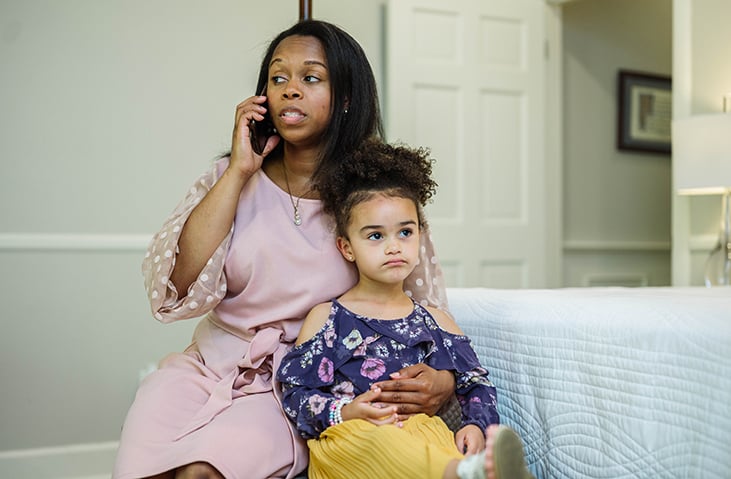



Summary
People are living longer than ever. A little prevention goes a long way in helping you thrive in your later years.
“An ounce of prevention is worth a pound of cure,” was penned by Benjamin Franklin in 1736. As a physician who spends a good deal of her time on prevention in medicine, I understand its meaning quite well. According to Oxford Languages, this proverb is interpreted to mean, “It's easier to stop something from happening in the first place than to repair the damage after it has happened.” Currently we are seeing patients live longer than ever. To help our senior patients thrive and live as long as possible definitely requires an ounce of prevention.
What Is Preventive Medicine?
There are many aspects of preventive medicine today. Some measures are simple such as checking blood pressure at every visit or counseling patients on the important of quitting smoking—both to help prevent heart disease. We also discuss the importance of vaccines to prevent serious illness such as pneumonia that can lead to hospitalization and death.
However, there are a few special areas of emphasis in our senior patients. These include attending wellness visits, discussing risk of falls, advanced care planning, and keeping up to date on cancer screenings.
Annual Wellness Visits
Each year Medicare pays for their patients to have an annual wellness visit. Many times, patients ask us why this visit is important. I ask patients to think about our vehicles that we drive every day. We fill them up with gas before they run empty, and we get our oil changed to keep our engine running smoothly. Imagine how poorly our cars would function if we waited to fix something when it was broken. It is much cheaper to get the oil changed regularly than to pay thousands of dollars for a new engine. If we spend time and money on preventing damage in our own cars, think how much more our health is worth.
An annual wellness Medicare visit each year is free to the patient and benefits you so much! At the wellness visit, we go over many different areas of preventive medicine including vaccines, cancer screenings, and discussing fall risk.
Preventing Falls in Seniors
Many people do not realize the true danger of falls in senior aged patients. In 2020, one in four adults over the age of 65 had a fall. According to the CDC, the medical cost related to falls is $50 billion yearly in the USA. More importantly, one study showed that 25% of elderly patients (which means one in four) who fall will die within one year. This is a huge statistic to me as a physician. I spend time daily counseling my geriatric patients how to prevent falls.
Many people consider using an assistive device like a cane or walker. I explain to my patients that even though using a walker is not high fashion or trendy, it is insurance—insurance to prevent falls and to help them live longer. Many patients want to try using a cane first, but in most cases, a cane is far from ideal and does not offer much stability. Even rollator walkers require being able to use the hand brakes, which can be difficult for patients with hand arthritis.
Each person’s needs are different, and I encourage patients with balance trouble or unsteadiness at any age to talk with their physician about prescribing them a device that best fits their needs and lifestyle. The goal is to keep patients walking while doing it safely. A little prevention, such as using a walker, goes a long way to preventing falls which can lead to serious consequences.
Home Safety & Fall Prevention
Another important area in preventing falls is doing a good home inspection to look for areas where falls are more likely. Many home health companies can help with this also. We encourage patients with any steps, even one to two steps as they enter their home, to install handrails. Adding a handrail in the shower also helps ensure safety.
Although rugs can be an attractive feature in the home, they can be a slip hazard which can cause a fall and injury. Having pets in the home of an elderly person with balance difficulty can also increase risk of falls. These are all areas to consider when trying to prevent falls that can lead to injury.
Advanced Care Planning
Another area of preventive medicine needed for senior adults is participating in advanced care planning. Many patients have not considered their long-term health wishes which include their code status and whether they want resuscitation and life support in an emergency. Some have considered their wishes but not shared them with their family or have not written them down in an advance directive.
An advance directive is a legal document in which an individual outlines future decisions for medical care in the event that he or she become seriously ill or cannot speak for themselves. An advance directive helps patients clearly communicate their health care wishes to their family, physician, and medical team.
Ultimately, we as health care providers want to honor a patient's personal decisions about his or her care, and having an advance directive helps us do that. If a patient does not have an advance directive, their medical decision making will often be performed by the spouse, parents, or adult children.
Advanced care planning starts with considering one’s personal values and wishes, choosing someone you trust to make medical decisions on your behalf, completing advance directive forms, and then sharing the forms with your physician.
Cancer Prevention & Screening
Lastly, another major area in preventive medicine is cancer prevention. After heart disease, cancer is the second highest cause of death in the USA. In both men and women, lung cancer is the most common cause of cancer death. In women, the second most common cause is breast cancer, and in men it is colon cancer.
Thankfully in modern medicine, we have screening tests available for all three of these types of cancer. For patients who smoke, most insurances now cover a chest CT scan to monitor for early signs of lung cancer. This test is then repeated yearly for monitoring. In women, mammograms for breast cancer screening are so important that we check at every visit to make sure our female patients are up to date on screening. We do the same for colon cancer screening in both men and women.
Colon cancer now has multiple options for screening. Many people still choose to have a standard colonoscopy which is only performed every 10 years if normal, but there are now two great options for colon cancer screening that can be done at home: Cologuard™ and the FIT test. These screenings help patients avoid being put to sleep or having to take off work. They do have to be done more often than colonoscopy, either every year or every three years, depending on which option you choose.
A Little Prevention Goes a Long Way
In summary, preventive medicine is now at the heart of modern health care. We must all remember that prevention in taking care of ourselves and preventing sickness is easier than healing once we are sick.
Prevention means more healthy days spent with our families, children, and grandchildren. Prevention means more days at home and outside the hospital. In the long run, a little prevention goes a long way. If you are unsure where to get started, contact your primary care provider’s office to find out when you are due for your next annual wellness visit.
I encourage you to take the free opportunity to get a good check up by your provider and get started on making prevention part of your health plan.


Keri Merschman, MD
Call 1-800-THE DESK (1-800-843-3375) or use our search to find a provider near you.

Subscribe to Our Newsletter
Like this content and want to get more? Sign up for True North, the health and wellness newsletter from North Mississippi Health Services!

Subscribe to Our Newsletter
Like this content and want to get more? Sign up for True North, the health and wellness newsletter from North Mississippi Health Services!

Nurse Link®
Not sure if you need Urgent Care or the ER? Call 1-800-882-6274 anytime to speak directly to a registered nurse and get immediate answers. Using computerized medical protocols, nurses direct callers to the most appropriate treatment. Our nurses are available 24 hours per day, seven days per week.